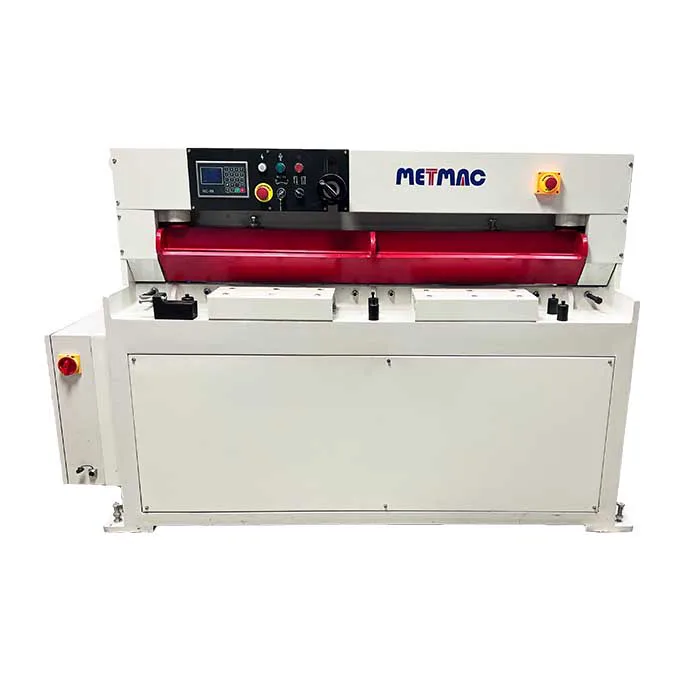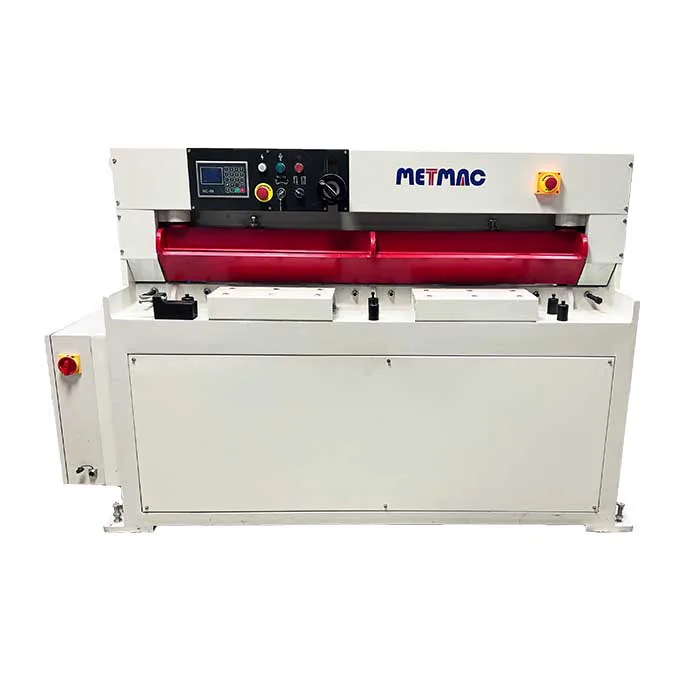
Understanding the Technology Behind Roof Sheet Bending Machines
- By:Metmac
- 2024-09-14
- 196
Roof sheet bending machines play a crucial role in the construction industry, enabling the efficient and precise shaping of metal sheets used in roofing applications. This article delves into the intricate technology underlying these machines, providing an in-depth understanding of their mechanisms and capabilities.
Mechanical Components
The heart of a roof sheet bending machine lies in its mechanical components, which transform the machine’s raw energy into the bending force. These components include:
Hydraulic cylinders: These hydraulic rams generate the immense force required to bend the metal sheets, exerting pressure on the rollers that shape the material.
Rollers: The bending process is carried out by a series of rollers that align, guide, and shape the sheets. These rollers can be configured in various arrangements to achieve different bending profiles.
Bed and table: The bed and table provide a rigid support for the metal sheets during the bending process, ensuring stability and precision.
Control Systems
Modern roof sheet bending machines are equipped with sophisticated control systems that provide precise regulation of the bending process. These systems include:
Computer numerical control (CNC): CNC systems digitally control the machine’s movements, ensuring accuracy and repeatability in bending operations.
Laser sensors: Laser sensors measure the position and shape of the metal sheets, providing feedback to the control system for precise bending.
Programmable logic controllers (PLCs): PLCs act as the brains of the machine, interpreting the CNC program and controlling the mechanical components.
Safety Features
Safety is paramount in any industrial machinery, and roof sheet bending machines are no exception. These machines incorporate various safety features to ensure safe operation, including:
Emergency stop switches: Easily accessible emergency stop switches allow operators to halt the machine instantly in case of any potential hazards.
Light curtains: Light curtains create invisible barriers around the machine’s operating area, automatically triggering a stop if objects or personnel enter the hazardous zone.
Interlocking guards: Interlocking guards prevent access to dangerous areas of the machine while it is in operation.
Bending Techniques
Roof sheet bending machines employ various bending techniques to shape metal sheets, each with its own advantages and applications:
Roll bending: Roll bending involves passing the sheet through a series of rollers to gradually bend it to the desired shape.
Press bending: Press bending utilizes a press and a bending die to apply pressure on the sheet, resulting in sharp bends and angles.
Edge bending: Edge bending specializes in bending the edges of metal sheets, producing precise folds and contours.
Understanding the technology behind roof sheet bending machines reveals the complexity and precision involved in shaping metal sheets for roofing applications. From the mechanical components that deliver bending force to the control systems that ensure accuracy, these machines are engineered to provide efficient and reliable solutions in the construction industry. By embracing these technologies, manufacturers and builders alike can achieve superior roofing systems with enhanced durability and aesthetic appeal.
-
Sheet Metal Machinery for Sale: Elevate Your Fabrication Capabilities with METMAC
2025/11/26 -
Laser Sheet Cutting Machine: Redefining Precision with METMAC Technology
2025/11/26 -
Sheet Shearing Machine: Achieving Unmatched Precision and Efficiency with METMAC
2025/11/26 -
Sheet Metal Forming Machine: The Art of Precision with METMAC Technology
2025/11/26
-
Advanced Sheet Metal Rolling, Laser Cutting, and Folding Machines for Precision Fabrication
2025/10/31 -
High-Performance Sheet Metal Bending and Cutting Machines for Modern Fabrication
2025/10/31 -
High-Quality Sheet Metal Equipment for Sale: Efficient Solutions for Modern Manufacturing
2025/10/31 -
High-Performance Sheet Metal Equipment for Sale: Forming and Shearing Solutions for Modern Fabrication
2025/10/22
-
Improving Accuracy in Metal Fabrication with Laser Metal Shear Machines
2024/05/11 -
Latest Technological Advancements in Rectangular Duct Machines
2024/05/11 -
Integrating Automation with Rectangular Duct Machines for Enhanced Productivity
2024/05/11 -
Metal Shear Machines- Essential Tools for Precision Metal Cutting
2024/05/11
-
A Guide to the Latest Innovations in Sheet Metal Folding Machines
2024/11/29 -
Key Features to Consider When Investing in a Sheet Metal Folding Machine
2024/11/28 -
Enhancing Precision with Advanced Sheet Metal Folding Machines
2024/11/27 -
How to Choose the Right Sheet Metal Folding Machine for Your Workshop
2024/11/26







